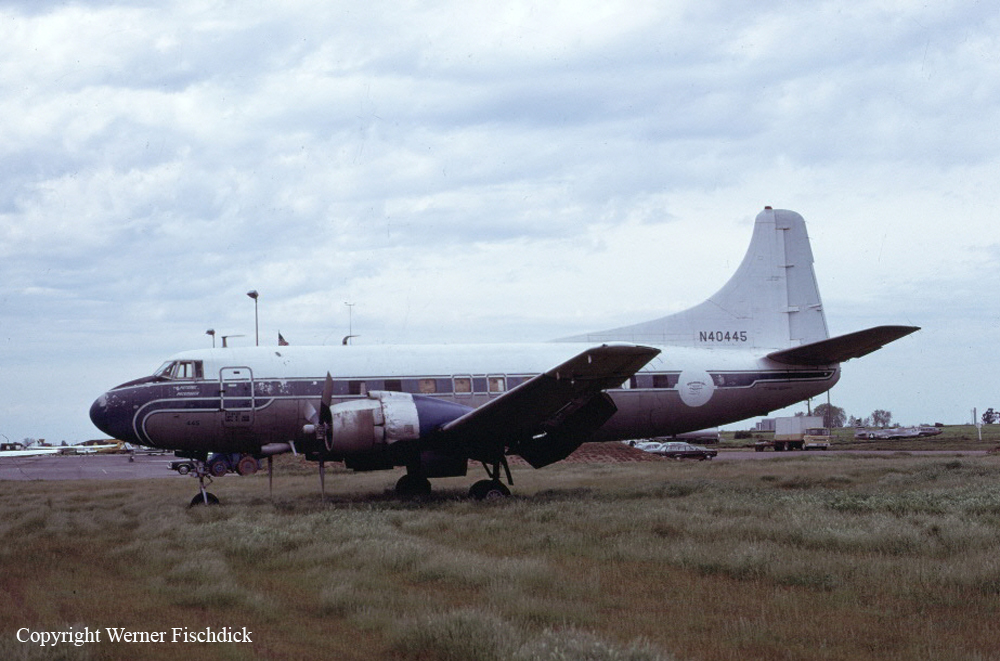Crash of a Cessna 340A in Orinda: 1 killed
Date & Time:
Nov 13, 1982 at 1534 LT
Registration:
N29HT
Survivors:
No
Schedule:
San Jose – Novato
MSN:
340A-0515
YOM:
1978
Crew on board:
1
Crew fatalities:
Pax on board:
0
Pax fatalities:
Other fatalities:
Total fatalities:
1
Aircraft flight hours:
1235
Circumstances:
After departing San Jose, CA, the pilot climbed to an altitude of 4,600 feet msl and proceeded toward Novato, CA. From 1528 to 1533 PST, radar data showed that the aircraft was level at 4,600 feet on a heading of 330° at 180 FTS ground speed. Radar info showed that the aircraft then entered a descent. During a 24 seconds period, the aircraft descended to an altitude of 4,100 feet msl and its heading changed 10° to the right. The last radar position, 12 seconds later, revealed an additional heading change of 150° to the right, accompanied by a descent to 2,300 (9000 from descent). Witnesses saw the aircraft descending at high speed in a right turn with the engines at high power. Just prior to impact, the right bank angle and nose low attitude increased. The aircraft crashed in a steep nose down, right wing low, attitude. No preimpact, mechanical malfunction or failure was found. No autopsy was made, only a gross exam of the pilot's fragmented body was possible. Before departing San Jose, the pilot had remarked that he was bothered by a bad cold. The pilot, sole on board, was killed.
Probable cause:
Occurrence #1: loss of control - in flight
Phase of operation: cruise - normal
Findings
1. (c) reason for occurrence undetermined
2. Physical impairment(other organic problem) - pilot in command
----------
Occurrence #2: in flight collision with terrain/water
Phase of operation: descent - uncontrolled
Phase of operation: cruise - normal
Findings
1. (c) reason for occurrence undetermined
2. Physical impairment(other organic problem) - pilot in command
----------
Occurrence #2: in flight collision with terrain/water
Phase of operation: descent - uncontrolled
Final Report:


